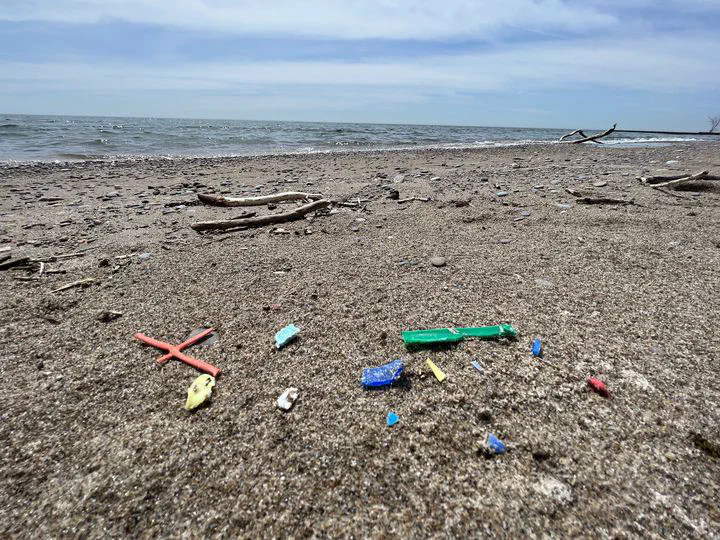Microplastic contamination of sediments across and within three beaches in western Lake Superior
Sep 15, 2022· ,,,,
,,,,
Benjamin Davidson
Kallyn Batista
Sabeel Samrah
Lorena M Rios Mendoza
Nimish Pujara

Abstract
Microplastic pollution of the environment is ubiquitous, but the processes by which microplastics accumulate within beach sediments are not yet well understood. We isolate microplastic pollution from the sediments at three western Lake Superior beaches. Samples of both surface and subsurface sediments are considered. We find that the average microplastic contamination is 65 microplastic particles kg−1 sediment across our sites with significant variability across beaches, but the microplastic composition is always dominated by polyester fibers. The variation across beaches does not seem to relate to the distance from suspected sources of microplastics to the lake. Within each beach, we find no significant variation of the mean microplastic concentration in the cross-shore direction or in the surface vs. subsurface sediments at the wrack line. We interpret this mean microplastic concentration in the sediment as a measure of the bulk microplastic concentration in the nearshore water at each beach. In subsurface sediments, we observe a significant difference in the variance of microplastic concentrations, and we attribute this variation to the intermittency of the extreme hydrodynamic conditions that deposit microplastics deeper into the sediment.
Type
Publication
In Journal of Great Lakes Research